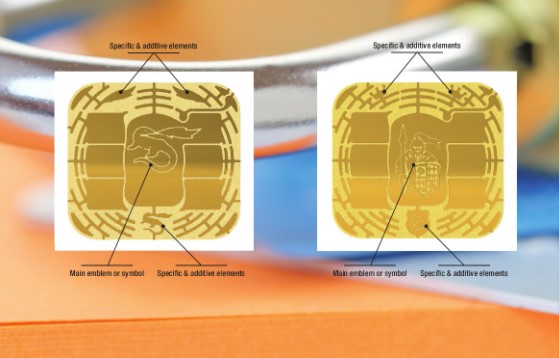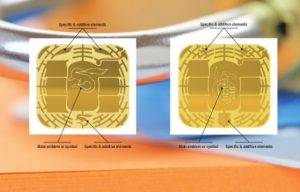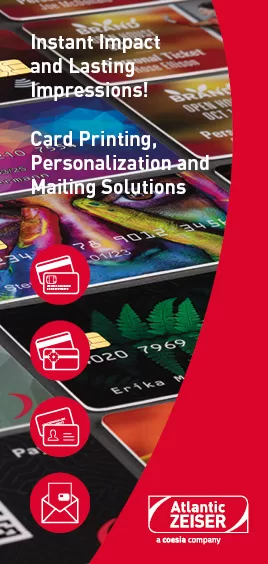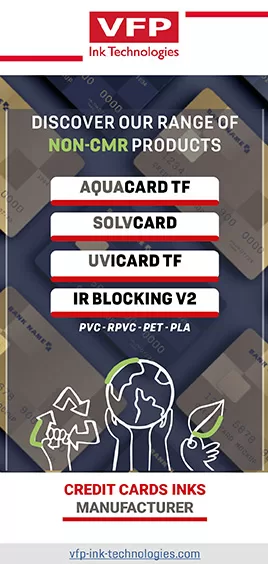
by Jennifer Kohlhepp | CM Magazine Featured
How to Design Physical Security Features on Electronic Elements to Create a Unique National ID
 by Dominique Charrie, Director for ID, SPS/IN Groupe
by Dominique Charrie, Director for ID, SPS/IN Groupe
Over the last several decades, electronic components have been increasingly implemented in security documents: national ID cards, driving licenses, health cards and e-passports.
This trend has been driven by two main forces:
- To enhance document security by adding a more complex and sophisticated electronic process (cryptography) and linking the document to the holder with the integration of biometric data, for example
- To open access to new services (electronic signature, access control, etc.)
The main objective of an ID document is to allow authorities to effectively control the identity of the holder, however certain “control conditions” do not allow for the electronic connection of the document at all times, thus making the control difficult.
As a consequence of this frequent lack of electronic connection, the counterfeiters develop documents without any electronic functionality…and the authorities have no way to verify if the non-functionality of the document is due to a damaged electronic component or a fake one.
Solve the problem
A solution to the problem is to link the electronic elements to physical security features on the ID document. By designing such specific electronic elements, you increase global security on your ID document.
Some countries have already implemented this solution with real success. For example, Bangladesh with its driving license, Ghana and more generally the ECOWAS countries with national ID cards, France for police or resident cards and the list goes on.
How to modify and secure a module
The first and easiest solution consists of including the coat of arms or other government emblem or symbol on the card’s micro module. This is done by removing material (the metal area) in the micro module’s center. An advantage of this solution, with regards to design, is that it reinforces the patriotism of the citizen as he/she has a unique element that represents his/her nation.
Another solution is by adding security symbols in previously unattainable locations. For instance, a micro module can be designed with a combination of a large representation of the coat of arms in the center with smaller national symbols on peripheral locations of the module.
An even more effective solution is to redesign the micro module in order to implement specific areas not visible to the naked eye.
These new security features make it increasingly more difficult for potential counterfeiters to modify an existing micro module. Not only would they need to remove material from the module’s surface but they would also have to add some material with a very thin and specific design while conserving the surface aspect of the micro module, something practically unsurmountable with the limited non-industrial means available to potential fraudsters.





